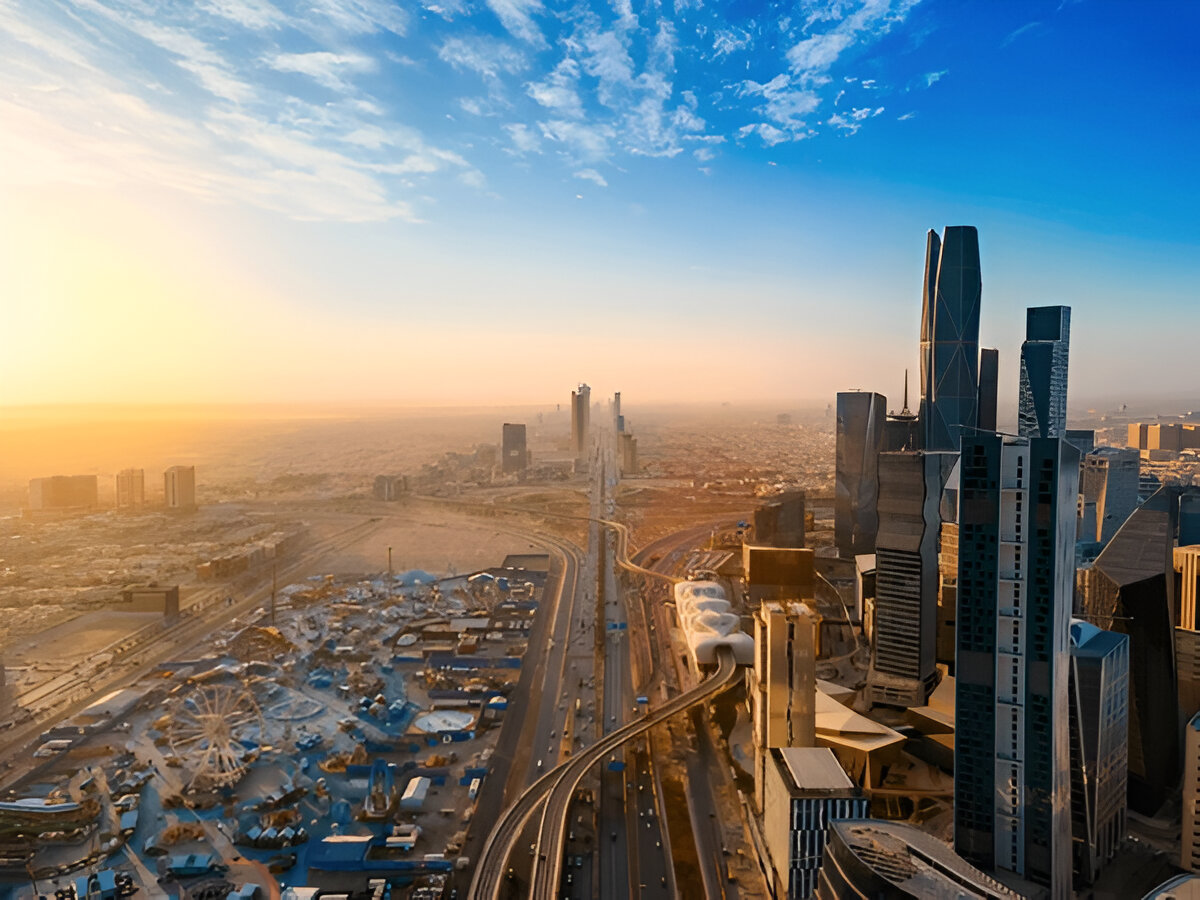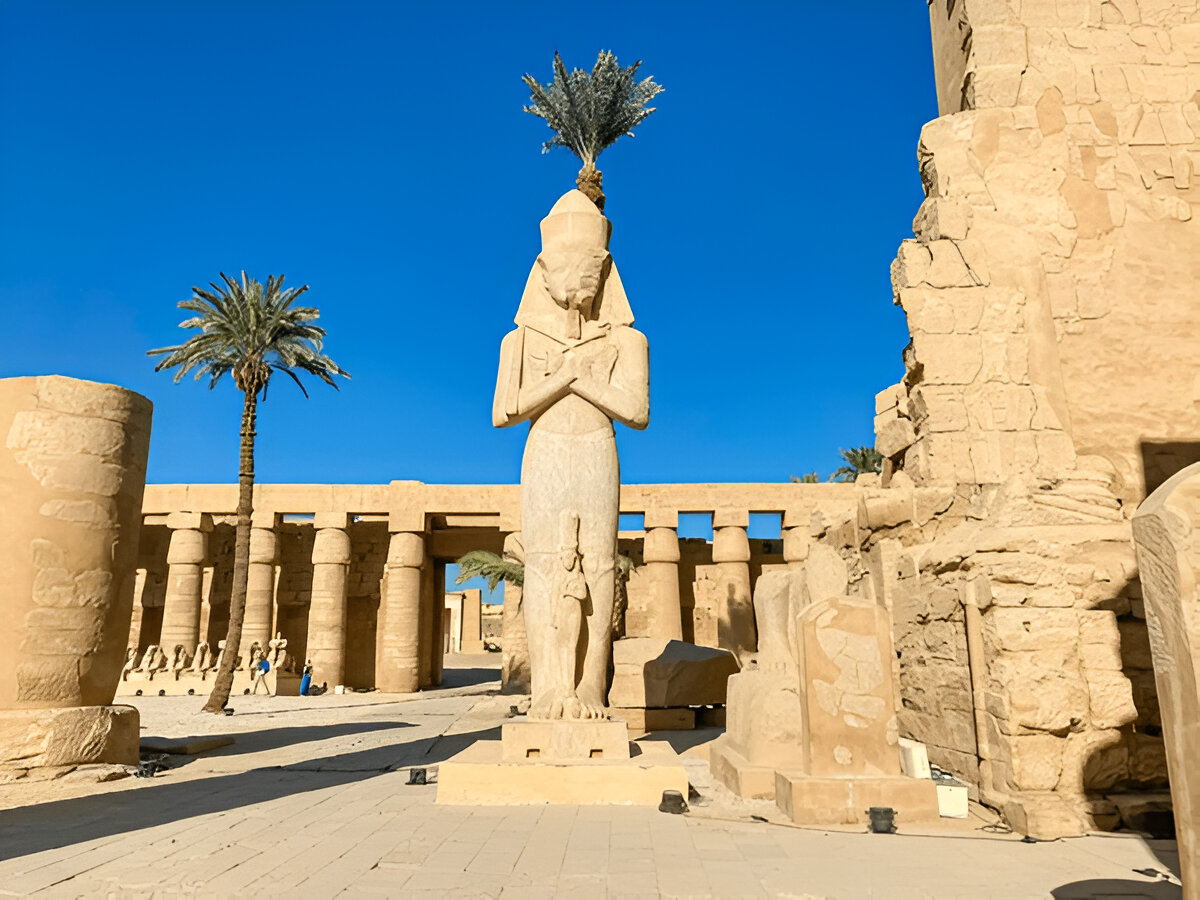Saudi Arabia, often defined by its vast deserts and oil reserves, offers a deeply rich and complex cultural tapestry that stretches back thousands of years. While the world usually associates the kingdom with its modernity and wealth, there lies a fascinating world of history, tradition, and artistry waiting to be explored. For travellers seeking to connect with a culture that blends ancient practices with forward-thinking innovation, Saudi Arabia provides a wealth of experiences that allow one to witness the evolution of a nation, both in its heritage and its contemporary vibrance.
A Journey Through Ancient History and Modernity
Saudi Arabia is a country that is as much about the future as it is about the past. Its landmarks tell stories that span centuries, from the time of the pre-Islamic Nabateans to the rise of Islam and the birth of the modern kingdom. Visiting Saudi Arabia means travelling through layers of time, where ancient relics and modern innovations coexist in a harmonious dance.
One of the best places to begin your journey is in the historic city of Diriyah, just on the outskirts of Riyadh. Diriyah was once the home of the Al Saud family, the founders of modern Saudi Arabia. It is here that you can explore the remnants of the old mud-brick walls and the historic palaces that date back to the 15th century. Walking through the Al-Diriyah UNESCO World Heritage site gives visitors a unique insight into the Kingdom’s deep roots. The blend of Islamic architecture with traditional Arabian design serves as a testament to the cultural and political significance the city once held in shaping the kingdom.
SAUDI VISA AIRPORT AND PORTS OF ENTRY
From there, one can venture to the ancient rock art of Al Ula, a site that is gradually gaining recognition worldwide for its archaeological significance. Carved into sandstone mountains, the petroglyphs and inscriptions left by the Nabateans offer a glimpse into a civilisation that pre-dates Islam. The nearby Mada’in Saleh, also known as Al-Hijr, is a sprawling archaeological wonder. The Nabatean tombs, with their intricate facades carved into rock, evoke awe and wonder, presenting a contrast of quiet grandeur to the arid landscape. The mystery of these ancient ruins, combined with the dramatic beauty of the desert, offers an unforgettable sightseeing experience.
The Spiritual Heart of Saudi Arabia: Mecca and Medina
For Muslims around the world, Mecca and Medina are not just cities—they are the spiritual heart of Islam. Every year, millions of pilgrims from around the globe travel to Saudi Arabia to perform the Hajj pilgrimage, one of the five pillars of Islam. The sacred mosques in these cities are both visually stunning and historically significant, offering visitors a unique window into Islamic culture.
The Masjid al-Haram in Mecca, home to the Kaaba, is arguably one of the most revered religious sites on Earth. While the primary purpose of visiting Mecca is religious, the atmosphere itself is powerful. The mosque’s vastness and the constant flow of people in prayer create a humbling experience for visitors, whether they are there to perform rituals or simply to witness the magnitude of this sacred space.
Medina, the second-holiest city in Islam, holds its significance. The Prophet’s Mosque, which houses the tomb of the Prophet Muhammad, is another important pilgrimage site. Medina’s spiritual atmosphere is enhanced by its quieter, more serene surroundings compared to the bustle of Mecca. Visitors here can reflect on the early days of Islam and explore the rich Islamic heritage that shaped much of Saudi culture.
Traditional Markets and Modern Attractions
Beyond its historical and religious landmarks, Saudi Arabia’s culture can be experienced through its bustling markets, museums, and vibrant cities. Riyadh, the capital, is a hub of modern life, offering a mix of shopping malls, fine dining, and towering skyscrapers. Yet, it also preserves elements of its heritage, such as the vibrant Souq Al-Thumairi, where visitors can stroll through narrow alleyways lined with traditional stalls selling spices, jewellery, and textiles.
The King Abdulaziz Historical Centre in Riyadh serves as a bridge between the old and the new. The museum offers an in-depth exploration of Saudi Arabia’s history, showcasing everything from ancient artefacts to more modern-day exhibits that explore the country’s rapid development. The National Museum, a striking architectural feat in itself, takes you on a journey through the Arabian Peninsula’s history, from the prehistoric era through to the rise of Islam and Saudi Arabia’s founding.
The contrast between the traditional and the contemporary is especially evident in the kingdom’s new developments. One example is the King Abdulaziz Centre for World Culture (Ithra) in Dhahran. This stunning cultural hub reflects Saudi Arabia’s vision to nurture creativity and innovation, blending modernity with Saudi culture. Ithra offers visitors a chance to engage with art, culture, literature, and history in a contemporary setting. Its expansive galleries, theatres, and interactive exhibitions make it an exciting stop for those interested in both tradition and innovation.
The Richness of Saudi Cuisine
There’s no better way to understand a country’s culture than through its cuisine. Saudi Arabia’s food reflects its Bedouin heritage, the richness of its desert environment, and its cultural exchange with neighbouring regions. From hearty stews and rice dishes to sweet treats and aromatic coffee, Saudi Arabian food provides insight into the country’s history and deep connection to hospitality.
One of the best ways to experience Saudi Arabia’s culinary traditions is by visiting its traditional markets, or souks. The souks are not just places for shopping—they are a sensory experience. The smell of freshly ground spices fills the air. At the same time, vendors serve local delicacies like kabsa (a flavorful rice dish with meat and vegetables), samboosa (fried pastry filled with savoury fillings), and dates, which are a staple in Saudi culture. Visitors can also savour the rich flavours of Arabic coffee, served with a side of dates, a centuries-old custom of hospitality.
Embracing Saudi Culture Through Travel
Saudi Arabia offers a remarkable blend of ancient tradition and cutting-edge modernity. From the spiritual significance of Mecca and Medina to the ancient wonders of Al Ula and the modern attractions in Riyadh and Dhahran, Saudi Arabia provides travellers with an opportunity to witness the full spectrum of its culture. Its sights, sounds, and tastes offer a unique way to connect with a culture that has shaped not only the Arabian Peninsula but the wider Islamic world.
As Saudi Arabia opens up to the world with new tourism initiatives and expanding opportunities for international visitors, the country’s diverse culture continues to unfold. Whether you are drawn to its historical landmarks, its modern innovations, or its vibrant street life, Saudi Arabia offers a wealth of experiences that will leave a lasting impression on anyone fortunate enough to explore its treasures.
Read more: Saudi Arabia’s Thriving Job Market: Opportunities for Expats



